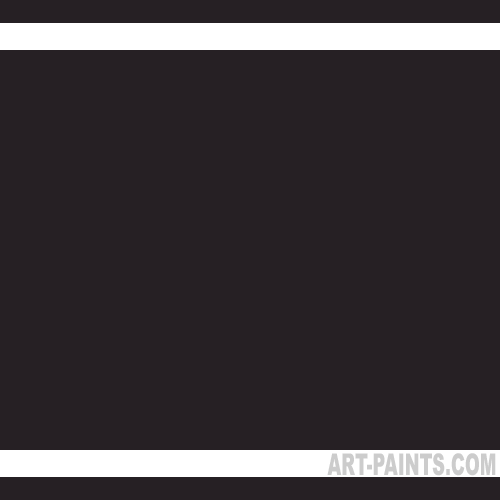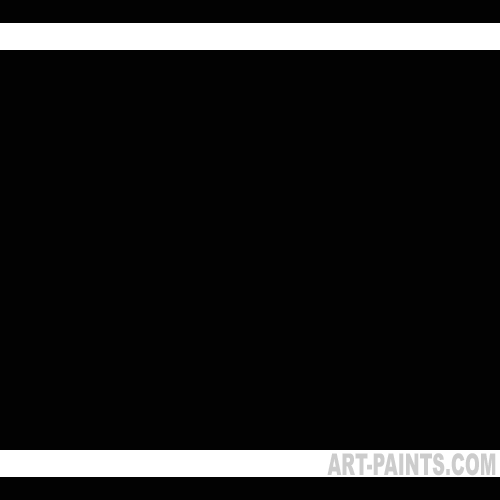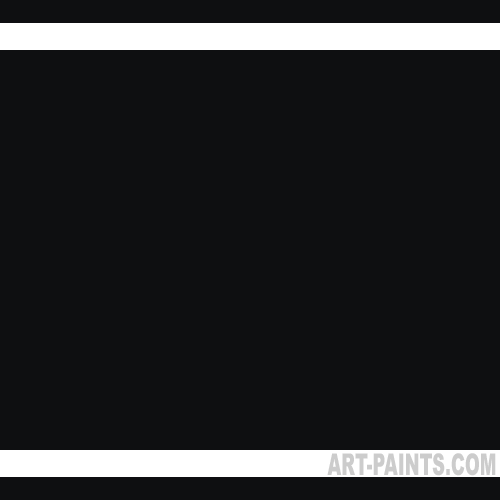Yes, Black Friday is fast approaching, and it’s become a marketing strategy that retailers count on to boost 4th quarter sales worldwide.
To store employees and shoppers, Black Friday is an exciting event that’s anticipated by some and scorned by others.
That’s sort of the same way artist’s feel about incorporating black on their palette.
Some artists use it liberally while others shudder at the thought of squeezing ready-made black paint from a tube.
Pre-Made Black Paints
For centuries, there have been formulations for black. Black paint formulations include Ivory Black, Lamp Black and Mars Black.
Ivory Black
Ivory Black is semi-transparent and has average tinting strength. This hue has a bit of a brownish undertone and is blue-black at full strength. One asset of this paint on your palette is the ability to create useful dull green shades when mixed with yellows.
For oil painters, this paint is quite slow to dry and shouldn’t be used in underpainting. It is denser than Lamp Black. This paint extremely lightfast and although it has good permanence, it is not as permanent as other black paints.
As early as the 4th century BC, early artists produced a black paint called Elephantium by creating charcoal from ivory or bone scraps. The more expensive paint was made with ivory charcoal and the less costly paint was created with bone charcoal. In the 19th century, bone- based Carbon Black pigment was christened Ivory Black. One may never see true Ivory Black paint made from ivory, as it is protected. Ivory Black is not considered toxic and has no significant health hazards.
Lamp Black
Although Lamp Black is very opaque and staining, it doesn’t have much tinting or covering ability. When formulated for watercolor use, it is the most opaque of the black pigments. Lamp Black oil paint is one of the slowest drying paints.
Therefore, it shouldn’t be used as an underpainting or used in numerous layers beneath other paints. Lamp Black is highly permanent and extremely lightfast. It can be found in formulations for all art mediums. Because of impurities in the pigment, it may have a blue or brown undertone and it easily becomes muddy when mixed with other colors.
Since prehistoric times, this pigment has been used by artists. Cave drawings and Egyptian murals were created using the soot collected from oil lamps. As a single element, carbon is not a hazardous material. However, impurities present when the pigment is produced from natural materials render the resulting pigment slightly toxic.
Mars Black
Mars Black has a slightly brown undertone and is a strong, warm hue. It is also has the most tinting capability. It dries more quickly than other blacks when used as a pigment in oil paint, so it can be used for underpainting.
This paint is rated excellent for both permanence and lightfastness and is the only black pigment that has no known hazardous elements. It is the most recent addition to the black family of pigments, as it was developed early in the 20th century and is derived from synthetic iron oxides.
Creating Your Own Blacks
If you’re not a fan of tube-ready black, you have a number of formulations that will give you lovely, luminous black shades. This is sometimes known as Chromatic Blacks. This sounds very professional. However, it’s really just mixing two or three colors together to get an intensely dark hue. Some complementary colors work better than others. For example, yellow and purple don’t work that well to create a shade of black, but a dark red and dark green does work quite nicely.
There isn’t any tried-and-true formula to follow to create black with the colors of your palette. Generally, start with equal amounts of two colors and slowly add one or the other to achieve the shade you have in mind. Several popular color combos are:
Adding a touch of a third color often intensifies and heightens the depth of your color.
- French Ultramarine Blue and Burnt Umber mixed with a bit of Cadmium Red.
- Vandyke Brown and Prussian Blue and Alizarin Crimson mixed with a touch of Hansa Yellow.
You can also make darks that lean toward a warm or a cool hue, so you may wish to try starting with unequal proportions of paint. If you want a warm black, start with more red. If you want a cool shade, start with a higher proportion of blue or green. This is all a matter of personal preference, so don’t depend on some artist’s recipe. Just start squirting paint and develop your own custom formulation.
In order to see which way your black lies on the warm/cool spectrum, add a bit of white to a sample to see more of the color.
Whether you choose to use black from a tube or your own personal formulation, black adds drama, increases depth or tones down a painting. Next time, we’ll talk about using black in your paintings. We’ll discuss how using black or refraining from using black on your palette affects your finished masterpiece.


